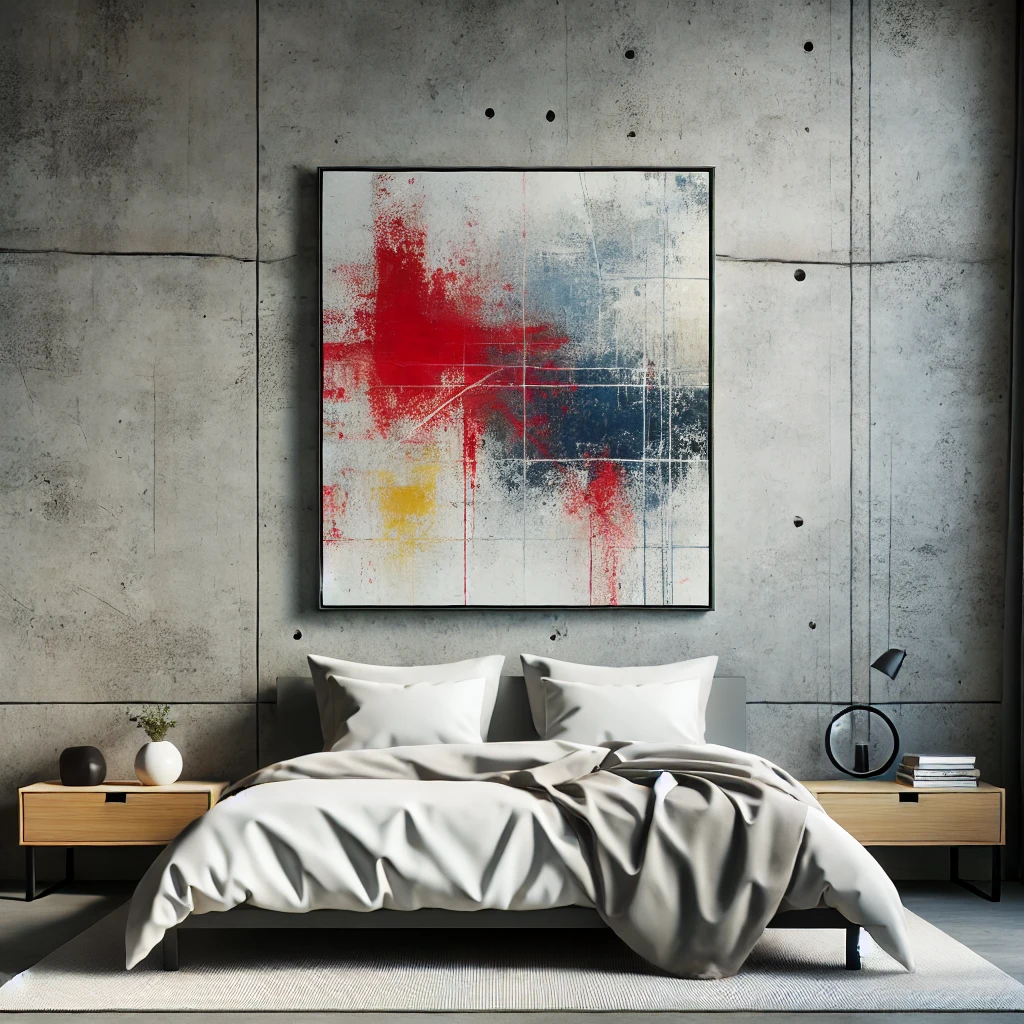Application Tools for Limewash – Rollers

Can Limewash Paint Be Applied Using a Roller?
Our authentic limewash paint, unlike its acrylic counterparts on the market, requires a unique approach to application. Due to its liquid, milky consistency, free from thickeners or chemicals, traditional painting methods like using a roller prove ineffective. Using a roller for our paint can lead to unwanted mess and issues with achieving uniform coverage.

Painting Rollers for Limewash Paint
We recommend using specially designed brushes for limewash paint. These brushes are tailored to the unique consistency and properties of our paint, allowing for precise application and exploration of various aesthetic effects. They enable achieving depth of color and texture that is unattainable with standard painting tools. These brushes, with their specific construction, allow the application of paint on a wide range of surfaces, including textured plasters and natural stone, providing an exceptional final effect that enhances the character of any space.
Our offer includes not only unique limewash paint but also professional brushes indispensable for numerous painting projects. We would like to share some tips on the proper care of these tools to ensure they serve you well for a long time, maintaining their high quality.
Considering the efficiency of applying our authentic limewash paint compared to traditional roller painting methods, it is worth noting that the time difference is not as significant as it might seem. In reality, the additional time spent painting with a brush compared to using a roller is only about 20%. While using a roller may seem faster, it often requires additional preparations, such as masking adjacent surfaces, precise edge painting, and removing masking tape after completing the work. Painting with a brush not only offers greater control over the paint application process but also allows for more freedom in creating unique and creative finishes, which is particularly valued in working with our product. Our specially designed limewash brushes enable achieving exceptional effects that are impossible to obtain with standard painting tools.

Applying the Primer Layer with a Paint Roller
Surface preparation before painting is a crucial step in the process of renovating and decorating interiors. In this context, our innovative ZUBRA primer stands out in the market as an exceptionally user- and environmentally-friendly product. Designed for easy application, this primer can be effectively applied using a paint roller, significantly simplifying the preparatory process. Moreover, in most cases, a single layer is sufficient to achieve the desired effect and adequately prepare the surface for further painting works.
The ZUBRA primer is water-based and characterized by a low content of volatile organic compounds (VOC). This not only indicates the minimal environmental impact of the product but also its safety for user health. This innovative formula makes ZUBRA an ideal choice for those seeking ecological and effective solutions in painting and interior decoration. Our primer combines efficiency with environmental responsibility, providing a product that is both effective and environmentally friendly.
Here you can find more information and an instructional video on how to apply the ZUBRA primer.
Tips for Applying ZUBRA Colored Primer
- Start from the light source: Begin painting from the source of light, such as windows, and continue towards the opposite direction. This method helps minimize unwanted visual effects, such as demarcation lines or the “framing” effect.
- Use the “wet on wet” technique: Apply each new layer of paint while the base layer is still wet to ensure smooth transitions and avoid visible brush marks.
- Ceiling first: When painting a room, start with the ceiling before moving to the walls to prevent drips and streaks on freshly painted surfaces.
- Alternate brush strokes: Combine vertical brush strokes with horizontal ones, avoiding excess paint to prevent smudges. This approach requires precision and patience, ensuring a professional-looking, even, and aesthetic finish.
Cleaning the Paint Roller
After completing painting tasks, proper cleaning of the used tools is essential to ensure their longevity and readiness for future use. For tools used with our paints, water is the most effective and safest cleaning agent. This simple procedure allows you to easily remove paint residues from brushes and rollers, ensuring their cleanliness and functionality for future projects.
For those looking to optimize their work further and save time, we have a professional tip for maintaining rollers and brushes ready for reuse without immediate washing. If you plan to continue painting in the next few days, you can prevent the roller or brush from drying out by tightly wrapping it in plastic wrap or a similar material. The key is to completely isolate the tool from the air, preventing the paint from drying and allowing the tool to be reused without cleaning. This method is particularly useful for long-term painting projects where tools are used over several consecutive days. This solution not only saves time but also helps reduce water usage and extends the lifespan of your painting tools.







